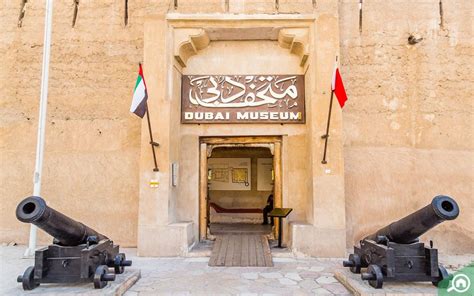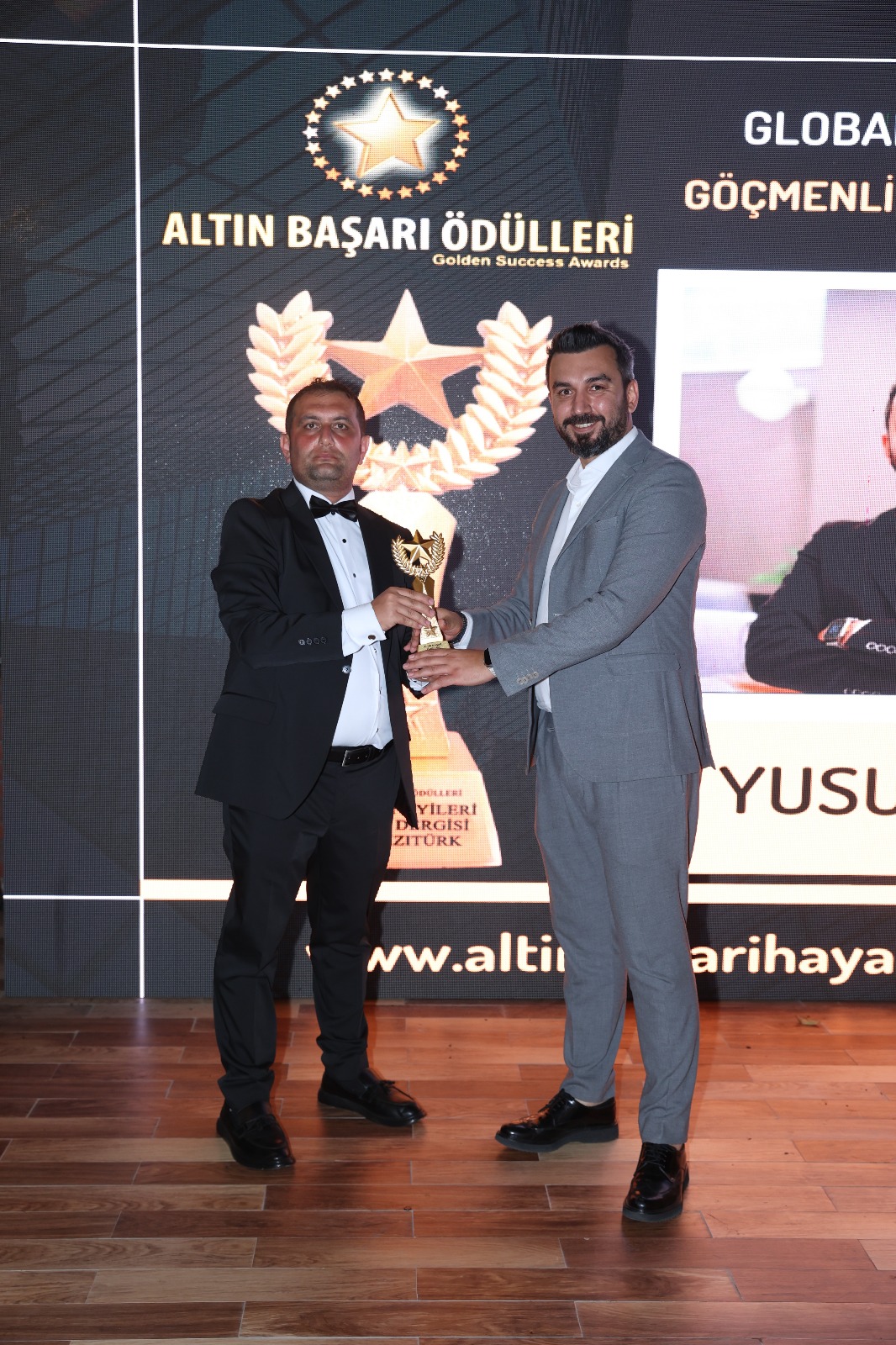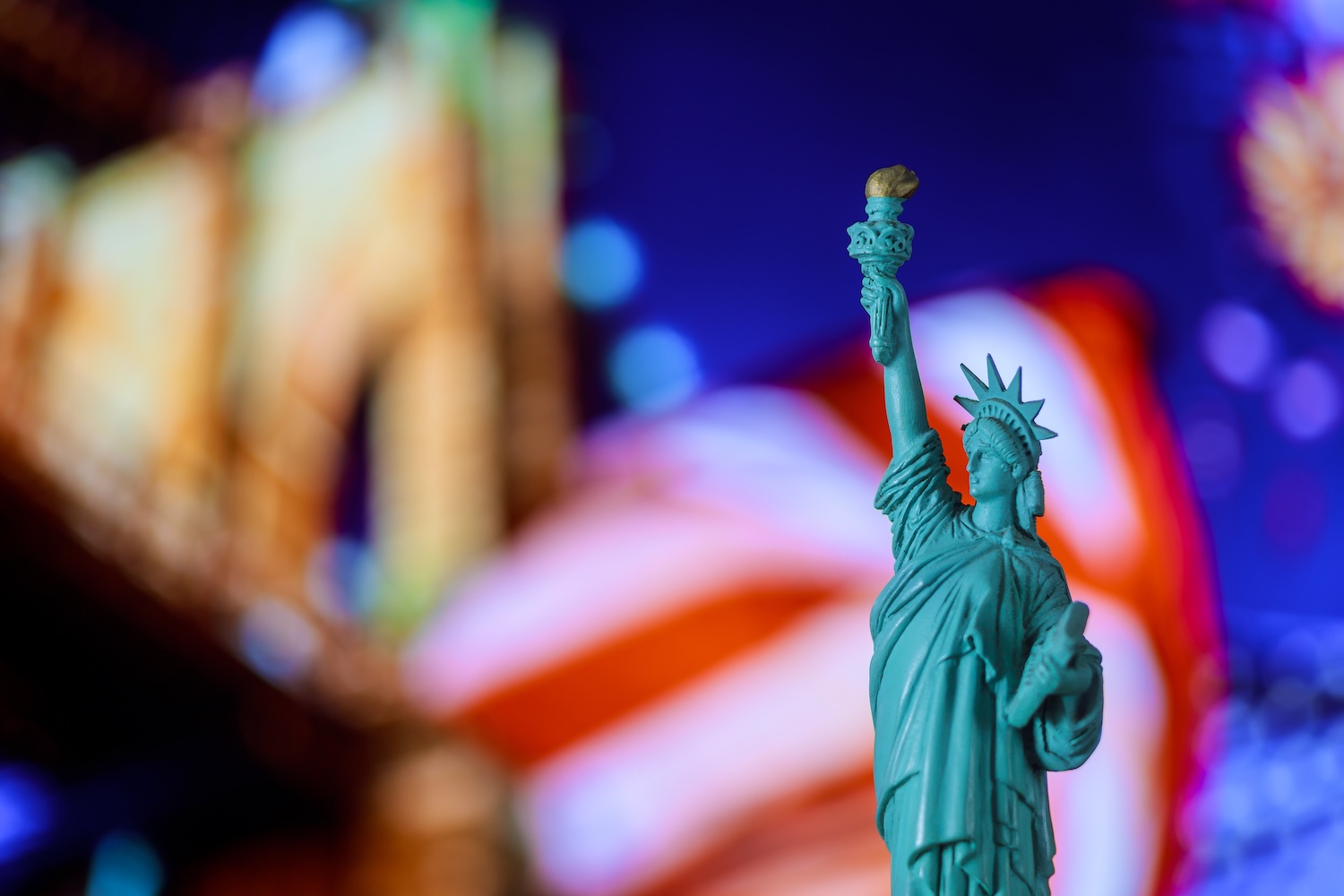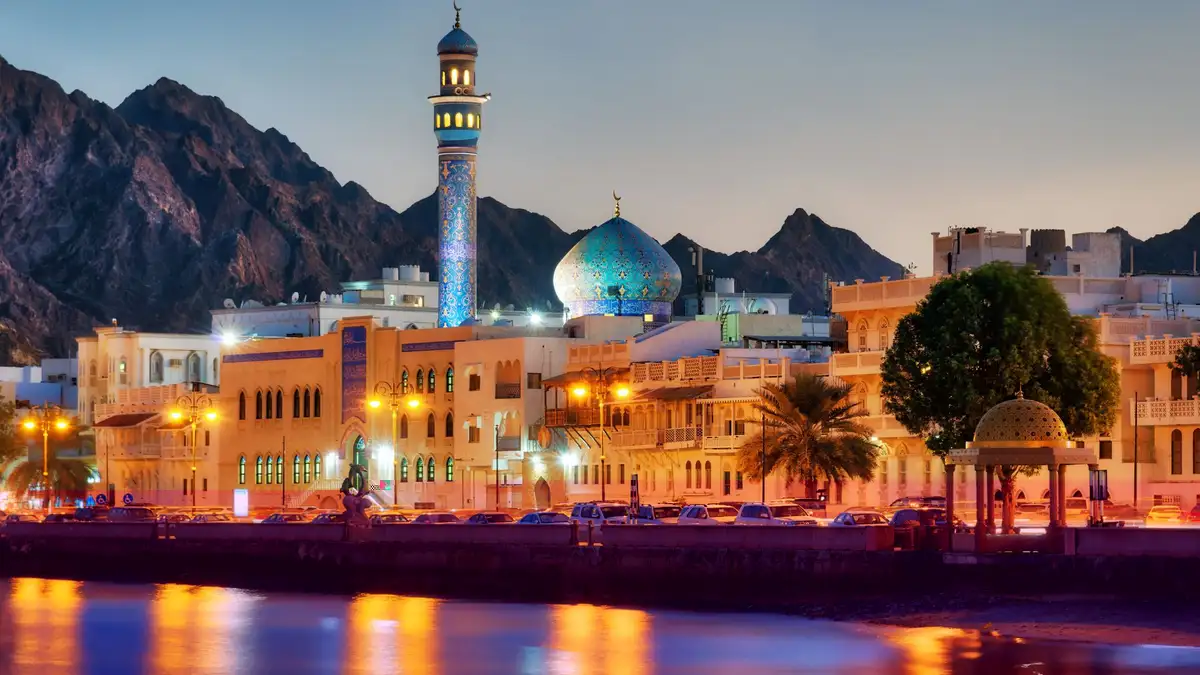
Exploring the Cultural Heritage of Dubai: Museums and Historical Sites
Welcome to Dubai, a city that offers more than just skyscrapers and luxurious shopping malls. While it may be known for its modernity and rapid development, Dubai also has a rich historical and cultural heritage that is often overlooked. In this blog post, we will take you on a journey through time, uncovering the ancient history, traditional museums, architectural marvels, and Bedouin heritage of Dubai. We will also delve into the vibrant art and cultural scene that Dubai has to offer and explore the city’s transformed historical sites. Finally, we will venture to the Dubai Creek to discover its maritime legacy. Join us as we unveil the hidden gems of Dubai’s past and present.
Discovering Dubai’s Ancient History
Dubai, known for its glamorous skyline and modern architecture, also has a rich ancient history that is often overshadowed. The city’s origins can be traced back thousands of years, with evidence of human settlements dating back to the Bronze Age. Dubai’s strategic location along important trade routes played a significant role in its early development, attracting traders from across the Arabian Peninsula and beyond.
Unveiling the Gems of Dubai’s Traditional Museums
Dubai’s ancient history is beautifully showcased in its traditional museums. A visit to the Dubai Museum in Al Fahidi Fort is a must for history enthusiasts. Located in the heart of the old city, this museum provides an immersive experience, taking visitors on a journey through Dubai’s past. The exhibits include artifacts, dioramas, and multimedia displays, offering a glimpse into the emirate’s rich heritage.
Exploring the Architectural Marvels of Old Dubai
Old Dubai, also known as the historic district of Al Bastakiya, is a treasure trove of architectural marvels. The narrow winding streets, traditional wind towers, and beautifully restored buildings transport visitors back in time. Exploring this area on foot allows you to appreciate the intricate details and craftsmanship of the traditional Arab and Persian architectural styles. Each building tells a story and offers a glimpse into the past of Dubai.
Unveiling the Gems of Dubai’s Traditional Museums
Dubai is often associated with towering skyscrapers, luxurious hotels, and extravagant shopping malls, but hidden amidst this modern facade are the treasures of Dubai’s traditional museums. These museums offer a fascinating insight into the rich history and culture of this vibrant city. From ancient artifacts to traditional crafts, here are some of the gems that you can uncover in Dubai’s traditional museums.
One of the must-visit museums in Dubai is the Dubai Museum, located in the heart of the historic Al Fahidi Fort. This museum provides a journey back in time, showcasing the transformation of Dubai from a small fishing village to a global metropolis. As you walk through the museum’s galleries, you’ll discover displays of traditional Bedouin life, including authentic dwellings, ancient weapons, and intricate jewelry. The museum’s highlight is a section dedicated to the pearl diving industry, which played a crucial role in Dubai’s economy before the discovery of oil.
If you’re interested in Islamic art and architecture, a visit to the Coin Museum is a must. Housed in a historic wind tower building in the Bastakiya quarter, this museum displays an impressive collection of coins from various Islamic dynasties. The intricate designs, calligraphy, and motifs on the coins are a testament to the skilled craftsmanship of the past. The museum also offers insights into the history of currency in the region, showcasing a wide range of coins used in trade and commerce.
To dive deeper into Dubai’s heritage, head to the Sheikh Saeed Al Maktoum House. This meticulously restored house was once the residence of Dubai’s ruling Al Maktoum family. Today, it serves as a museum that showcases the city’s royal history. As you explore the rooms, you’ll find exhibits displaying photographs, manuscripts, maps, and artifacts that offer a glimpse into the lives of Dubai’s rulers. The museum also boasts a stunning collection of antique furniture, traditional Emirati clothing, and historical documents.
Immerse yourself in the traditional crafts of Dubai at the Al Shindagha Museum. This museum, located in the historic Al Shindagha district, focuses on the city’s maritime heritage and traditional industries. You can explore various interactive displays that demonstrate the techniques used in pottery making, palm frond weaving, boat building, and fishing. The museum also hosts workshops and demonstrations, allowing visitors to try their hand at these time-honored crafts.
As you can see, Dubai’s traditional museums hold a wealth of historical and cultural treasures. They offer a glimpse into the city’s past and provide a deeper understanding of its roots. So, when you visit Dubai, don’t just marvel at its modern marvels; make sure to take the time to unveil the gems of its traditional museums.
Exploring the Architectural Marvels of Old Dubai
Old Dubai is a treasure trove of architectural marvels that showcase the city’s rich history and cultural heritage. Exploring these magnificent structures allows visitors to take a step back in time and immerse themselves in the traditional charm of the city. From stunning mosques and palaces to grand markets and forts, Old Dubai offers a glimpse into the architectural wonders that have stood the test of time.
One of the must-visit architectural gems in Old Dubai is the iconic Al Fahidi Historic District. This well-preserved neighborhood is a living testament to the traditional Arabian architecture. The narrow alleyways, known as “sikkas,” are lined with beautifully-crafted wind towers and courtyard houses, known as “barjeels.” These traditional houses feature intricate carvings, decorative grilles, and charming balconies, transporting visitors to a bygone era.
The Dubai Museum, located within the Al Fahidi Fort, is another architectural marvel that shouldn’t be missed. Originally built in the late 18th century as a defense fort, it now houses a fascinating collection of artifacts and exhibits that depict the city’s history and cultural heritage. The fort itself is a prime example of traditional Arabian defensive architecture, with its thick walls, narrow windows, and towering watchtowers.
| Old Dubai’s Architectural Marvels | Description |
|---|---|
| Al Fahidi Historic District | A well-preserved neighborhood with traditional Arabian houses, wind towers, and narrow alleyways. |
| Dubai Museum | Housed within the historic Al Fahidi Fort, the museum showcases the city’s history and cultural heritage. |
| Grand Mosque | A magnificent mosque with stunning architecture and intricate embellishments. |
| Bastakiya Quarter | A charming neighborhood with traditional courtyard houses, art galleries, and cultural attractions. |
The Grand Mosque, located in the heart of Old Dubai, is another architectural masterpiece worth exploring. This magnificent mosque is adorned with intricate embellishments, including graceful archways, delicate stained glass windows, and enchanting calligraphy. The peaceful ambiance and awe-inspiring architecture make it a popular spot for both locals and tourists alike.
Not far from the Grand Mosque lies the Bastakiya Quarter, a hidden gem that exudes old-world charm. The quarter is home to beautifully restored courtyard houses, art galleries, and cultural attractions. Walking through the narrow lanes of this neighborhood, visitors can admire the traditional architecture and stunning detailing of the buildings, as well as discover an array of art and cultural exhibits.
Exploring the architectural marvels of Old Dubai is a journey through time, allowing visitors to appreciate the city’s heritage and cultural legacy. Whether it’s wandering through the winding alleyways of Al Fahidi Historic District, delving into the rich history at Dubai Museum, marveling at the grandeur of the Grand Mosque, or getting lost in the enchanting Bastakiya Quarter, each experience offers a unique glimpse into the captivating architectural heritage of Old Dubai.
Journeying Through Dubai’s Rich Bedouin Heritage
Dubai, known for its glamorous skyscrapers, luxurious hotels, and bustling shopping malls, is also home to a rich Bedouin heritage that dates back centuries. Journeying through Dubai’s Bedouin heritage is like stepping back in time, immersing oneself in the traditional ways of the desert people who once roamed this land. From their traditional music and dance to their unique cuisine and handicrafts, the Bedouin culture provides a fascinating insight into the roots of this modern metropolis.
One of the key aspects of Dubai’s Bedouin heritage is their traditional music and dance forms. The Bedouins have a rich oral tradition, and their music and dance serve as a form of storytelling and expression. The rhythmic beats of the tabla, the haunting melody of the oud, and the graceful movements of the dancers transport you to a different era. Attending a Bedouin music and dance performance is a must for anyone interested in experiencing the cultural heartbeat of Dubai.
The Bedouin cuisine is another highlight of Dubai’s rich heritage. Influenced by the harsh desert environment, the traditional Bedouin food is simple yet flavorful. The staple food of the Bedouins is dates, camel milk, and grilled meat. Camel meat, in particular, is considered a delicacy and is cooked in various delicious ways. From tender camel kebabs to hearty camel stews, the Bedouin cuisine offers a unique gastronomic experience for food enthusiasts.
Exploring the handicrafts of the Bedouins is like delving into their artistic prowess. Skilled in weaving, pottery, and metalwork, the Bedouins create intricate and beautiful pieces of art that reflect their nomadic lifestyle and love for nature. Traditional Bedouin textiles, adorned with geometric patterns and vibrant colors, are a visual delight. Pottery items, such as clay pots and jars, serve both functional and decorative purposes. These handcrafted treasures can be found in the local souks and make for memorable souvenirs to take home.
In conclusion, journeying through Dubai’s rich Bedouin heritage is a captivating experience that allows visitors to appreciate the traditional music, dance, cuisine, and handicrafts of the desert people. It offers a glimpse into a bygone era, reminding us of the deep-rooted culture that has shaped Dubai into the cosmopolitan city it is today. Exploring this heritage not only provides a cultural education but also fosters a deeper appreciation for the diverse tapestry of human history.
Immersing in the Vibrant Art and Cultural Scene
Dubai, known for its ultramodern skyscrapers and luxurious lifestyle, also boasts a rich and vibrant art and cultural scene. Amidst the glitz and glamour, this city offers an exquisite blend of traditional heritage and contemporary art forms. From galleries showcasing local talent to international performances that mesmerize spectators, Dubai has something to offer to art enthusiasts of all kinds.
The art scene in Dubai has witnessed a remarkable growth in recent years, with the emergence of numerous art galleries and cultural hubs. These venues not only provide a platform for local artists to showcase their talent but also attract international artists to exhibit their works. One such prominent art gallery is Alserkal Avenue, located in the industrial area of Al Quoz. This creative district is home to numerous galleries, studios, and performance spaces, offering an immersive experience for visitors.
In addition to traditional art forms, Dubai also embraces contemporary art and hosts several prestigious art fairs and events throughout the year. Art Dubai, one of the most awaited events in the city’s cultural calendar, brings together art from around the world under one roof. This internationally recognized fair provides a unique opportunity for art enthusiasts and collectors to explore a diverse range of artworks and engage with artists and curators.
Moreover, Dubai’s love for culture extends beyond the art world. The city is home to numerous heritage sites, museums, and cultural festivals that celebrate the region’s rich history and traditions. The Dubai Opera, a world-class performing arts venue, offers a wide range of musicals, ballets, and operas that attract both locals and tourists. The venue itself is a masterpiece of architecture and stands as a testament to Dubai’s commitment to promoting the arts.
When exploring Dubai’s art and cultural scene, one cannot miss the Dubai Design District (d3). This hub of creativity brings together designers, artists, and entrepreneurs to showcase their talent and collaborate on innovative projects. With its edgy vibe and avant-garde exhibitions, d3 has quickly become a must-visit destination for art enthusiasts and trendsetters.
In conclusion, Dubai’s art and cultural scene is a melting pot of creativity and innovation. From traditional art forms to contemporary masterpieces, this city offers a diverse range of experiences for art lovers. Whether you’re strolling through art galleries or attending live performances, immersing yourself in Dubai’s vibrant art and cultural scene is sure to leave you inspired and captivated.
Preserving Dubai’s Maritime Legacy: A Trip to the Dubai Creek
The Dubai Creek is not just a scenic waterway, but also a testament to the city’s rich maritime heritage. As one of the oldest and most important ports in the region, the Dubai Creek has played a vital role in shaping Dubai’s history and economy. Today, it stands as a living museum, preserving the maritime legacy of the city. A trip to the Dubai Creek offers visitors a unique opportunity to delve into the past and experience firsthand the traditional marine activities that have defined the region for centuries.
One of the highlights of a visit to the Dubai Creek is the chance to explore the traditional dhow boats, which have been used for centuries for fishing and trading. These wooden vessels, with their distinctive design and intricate craftsmanship, are an integral part of Dubai’s maritime heritage. Visitors can take a ride on a dhow and learn about the traditional techniques used in building and sailing these boats. It’s a truly immersive experience that provides a glimpse into the seafaring history of the city.
Another fascinating aspect of the Dubai Creek is the bustling fishing harbor. Here, fishermen prepare for their daily catch, using traditional methods passed down through generations. A walk along the creek’s shores offers a glimpse into the daily lives of these fishermen, as they mend their nets and unload their hauls. It’s a scene that captures the essence of Dubai’s maritime traditions and the importance of fishing in the city’s history.
- Traditional dhow boats
- Historic fishing harbor
- Maritime traditions
- Living museum
- Ride on a dhow
Aside from the boats and the fishing harbor, the Dubai Creek is also home to a number of museums and heritage sites that further showcase the city’s maritime legacy. The Dubai Creek Heritage and Diving Village is a must-visit destination for those interested in learning more about the history of pearl diving, one of the region’s most lucrative maritime activities. The village features traditional houses, exhibits on pearl diving techniques, and even demonstrations of traditional diving skills.
In addition to the Heritage and Diving Village, visitors to the Dubai Creek can also explore the Dubai Museum, located in the Al Fahidi Fort. The museum offers a detailed insight into Dubai’s maritime history, with exhibits on navigation, trading routes, and the evolution of the port. It’s a fascinating journey through time, highlighting the importance of the creek in establishing Dubai as a major center of trade and culture.
| Museums and Heritage Sites | Highlights |
|---|---|
| Dubai Creek Heritage and Diving Village | Exhibits on pearl diving and traditional diving demonstrations |
| Dubai Museum | Insight into Dubai’s maritime history and evolution as a trading hub |
A trip to the Dubai Creek is not just a visit to a tourist attraction, but a journey into the heart of Dubai’s maritime heritage. From the traditional dhow boats to the bustling fishing harbor and the fascinating museums, every aspect of the creek tells a story of Dubai’s past. It’s a testament to the city’s enduring connection with the sea and its commitment to preserving its maritime legacy for future generations to appreciate and cherish.
Uncovering Dubai’s Transformed Historical Sites
When one thinks of Dubai, images of towering skyscrapers, extravagant shopping malls, and luxurious resorts often come to mind. However, amidst the modern marvels and bustling city life, Dubai also harbors a rich historical past that is often overlooked. Uncovering Dubai’s transformed historical sites offers a glimpse into the city’s humble beginnings and the remarkable transformation it has undergone over the years.
The **heritage village** is one such historical site that showcases Dubai’s traditional way of life. Located in the heart of the city, this reconstructed village takes visitors back in time to experience the authentic Emirati culture. From traditional architecture to lively cultural performances, the heritage village is a treasure trove of Dubai’s bygone era.
The **Dubai Museum**, situated in the Al Fahidi Fort, is another must-visit site for history enthusiasts. This iconic building, constructed in 1787, provides insight into Dubai’s past through its captivating exhibits and displays. From Bedouin artifacts to exhibits on pearl diving, the museum offers a comprehensive understanding of Dubai’s heritage and the challenges it faced in its early days.
One of the most fascinating historical sites in Dubai is the **Al Bastakiya Quarter**. Originally built in the late 19th century, this neighborhood provides a stark contrast to the modern cityscape. Narrow alleyways, traditional wind towers, and art galleries characterize this area, giving visitors a glimpse into the simpler way of life before the city’s rapid development. Exploring Al Bastakiya is like stepping into a time capsule, where Dubai’s humble beginnings are brought to life.
By venturing off the beaten path and exploring these transformed historical sites, visitors can gain a deeper understanding of Dubai’s rich history and cultural heritage. In a city known for its ultramodern architecture and glamorous attractions, these sites offer a refreshing insight into Dubai’s humble beginnings and the remarkable journey it has undertaken to become the vibrant metropolis it is today.
- Key highlights:
- Heritage Village – Experience Emirati culture and traditions in this reconstructed village.
- Dubai Museum – Discover Dubai’s past through captivating exhibits and displays.
- Al Bastakiya Quarter – Step back in time and explore the traditional neighborhood of Dubai.
| Historical Site | Location | Highlights |
|---|---|---|
| Heritage Village | In the heart of Dubai | Traditional architecture and cultural performances |
| Dubai Museum | Al Fahidi Fort | Exhibits on Dubai’s history and challenges |
| Al Bastakiya Quarter | Old Dubai | Narrow alleyways and traditional wind towers |
Frequently Asked Questions
1. Why should I visit Dubai’s traditional museums?
You should visit Dubai’s traditional museums to discover the ancient history and cultural heritage of the city. These museums showcase artifacts, art, and historical objects that offer a glimpse into the rich history of Dubai.
2. What can I expect to see in Old Dubai’s architectural marvels?
In Old Dubai, you can expect to see stunning architectural marvels such as wind towers, traditional Arabian-style buildings, and historic landmarks like the Al Fahidi Fort. These structures reflect the traditional Arabian architectural style and provide a unique glimpse into Dubai’s past.
3. How can I learn about Dubai’s Bedouin heritage?
You can learn about Dubai’s Bedouin heritage by visiting cultural centers and museums that focus on showcasing the Bedouin lifestyle. These places offer interactive exhibits, traditional Bedouin performances, and informative displays to educate visitors about the rich Bedouin culture in Dubai.
4. What is the art and cultural scene like in Dubai?
The art and cultural scene in Dubai is vibrant and diverse. The city is home to numerous art galleries, museums, and cultural events that showcase local and international artists. You can expect to see a variety of art exhibitions, performances, and cultural festivals throughout the year.
5. Why should I visit Dubai Creek to learn about its maritime legacy?
Dubai Creek is a historic waterway that played a crucial role in Dubai’s development as a trading hub. By visiting Dubai Creek, you can explore the traditional dhow boats, learn about pearl diving, and understand the city’s maritime history. It offers a unique insight into Dubai’s trading and seafaring past.
6. Are there any transformed historical sites in Dubai?
Yes, Dubai has several transformed historical sites that have been renovated and repurposed for modern use. For example, the Al Fahidi Historic District has transformed traditional wind tower houses into museums, cafes, and art galleries, giving visitors a chance to experience Dubai’s history in a contemporary setting.
7. How is Dubai preserving its ancient history?
Dubai is actively involved in preserving its ancient history by restoring historical sites, establishing museums, and conducting archaeological excavations. The city government has taken measures to ensure the conservation and protection of its heritage, allowing visitors to experience Dubai’s ancient history for generations to come.





